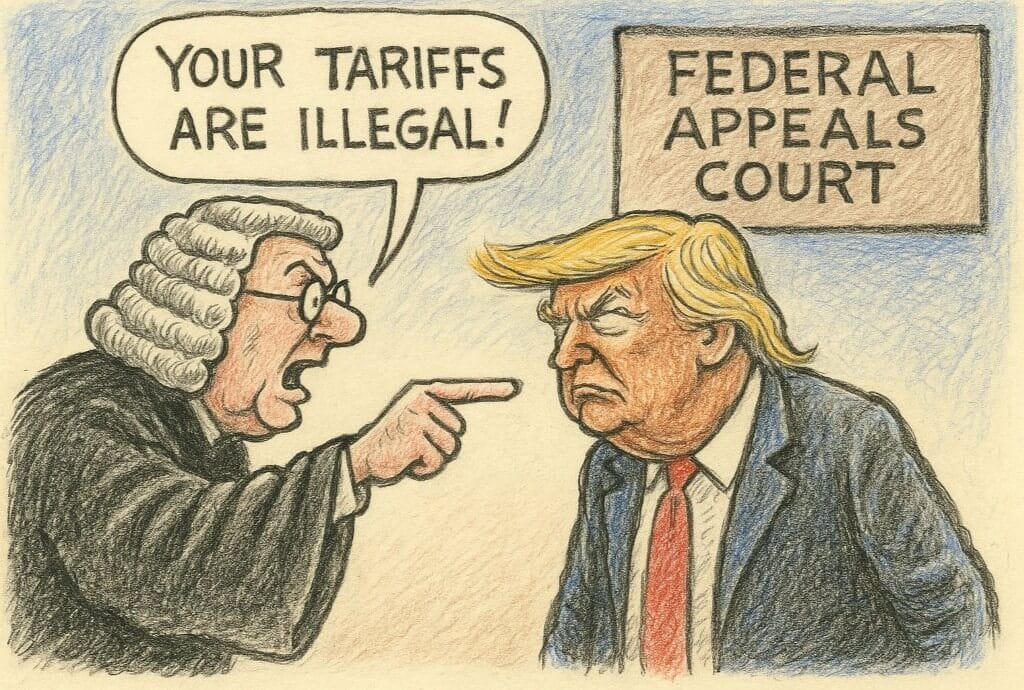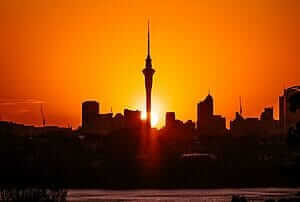In brief
- NIWA’s lack of historical storm data meant the risk of storms like Cyclone Gabrielle where eleven people died, was underestimated.
- What was supposed to be a once in a millennia weather event, has actually occurred several times over decades.
- The Hawke’s Bay Independent Flood Review criticises NIWA for omitting historical data from risk analyses leading to poor planning and unpreparedness.
Lack of historic storm knowledge and misjudged risks
NZ’s self-proclaimed leading climate research agency NIWA has suffered a brutal reality check this week after a government inquiry found its lack of knowledge about historical storms contributed to civil defence failures in last year’s deadly Cyclone Gabrielle.
Between the Hawke’s Bay Regional Council, NIWA and Met Service, the official report on the flood response in Hawke’s Bay repeatedly found that historical storm data was missing from official risk analysis, which in turn meant the likelihood of big storm events like Gabrielle had been wildly underestimated by council planners and civil defence.
Eleven people were killed.
Multiple overlooked floods
As an example, the report cites a NIWA claim that Gabrielle’s flooding in the Pōrangahau region was a 1-in-1000 year event, but when the inquiry went searching, they found evidence NIWA had overlooked:
“On the 4th of May 1941, 400 mm of rain fell in 24 hours, causing the Pōrangahau River to rise 14 metres and flow onto its floodplain, with houses at the pā experiencing floodwater up to the roofs and flooding through the township up to 1.2 metres deep. Again, on the 28th of January 1953, there was a significant flood, with the river rising 13 metres above normal and an estimated discharge of 2,300 m³/s.
“In 2004, there was a notable flood (see Figure 8.17), with river levels rising 10 metres and an estimated discharge of 550 m³/s. This resulted in flooding through the town, probably to a lesser extent than that of the 1941 and 1953 floods.
“NIWA has estimated the peak flood flow of the Pōrangahau River during the 2023 flood as 1,590 m³/s. This can only be considered an estimate, as the river level monitoring gauge was destroyed during the event and the flood flow was estimated using a numerical model to replicate the observed inundation.
“Based on this flow estimate and observations of the 30 houses, urupā and marae buildings inundated, it is highly likely that the 2023 event was worse than the 2004 event, but of a comparable size to the larger historical floods of 1941 and 1953. NIWA has assessed the return period of the 2023 flood as >1,000 years, but this does not include the 1941 and 1953 events so is possibly less than this. If 2023 were the second-largest flood since 1941, it would have a return period of approximately 50 years.”
So the council based its flood preparations on assurances that really massive floods were a once in a millennium event.
Turns out there’s been three monster floods in that region in 82 years, and the oldest two seem to be larger than Gabrielle but were forgotten by NIWA and the council.
NIWA’s response and criticism
All of which makes NIWA’s answers to questions from Centrist just three weeks ago a gobsmacking own goal by the climate agency:
Centrist: I am struggling to reconcile NIWA’s statement that the 1924 Hawke’s Bay flood where 20.14 inches of rain (512mm) fell in just 10 hours (bigger than Gabrielle) was a 1 in 150 year event […] with the revelation that an equally big flood hit the same region in 1897 and a rainfall intensity of 292mm in just 2.5 hrs had been recorded then […]. Clearly on NIWA’s own evidence massive rain dumps in the HB catchment are relatively common… maybe 1-in-30yr events in the 1800s and 1900s… how does NIWA explain its apparent failure to correctly assess the probability of extreme events like Gabrielle in the HB region?
NIWA Comms, July 5: NIWA assesses the probability of events based on available high quality information and we disagree that we failed to assess the probability of events like Gabrielle. Return period estimates for any given event are specific to the location and duration. The return period estimate of 150 years given to the 1924 “512mm in 10 hours” event means such an event is likely to happen once every 150 years at that location. The probability of a similar event occurring somewhere in the Hawke’s Bay region is likely to be higher.
Centrist: How does NIWA respond to the inference that its advice to local councils on probability may be flawed because of a failure to fully document historic data and reports into an integrated intelligence database that allows any region to instantly know all the major events in their past and where pressure points were?
NIWA Comms: We disagree that our advice is flawed. We are the stewards of professionally gathered rainfall data in New Zealand. Data that are professionally gathered and are of a high quality according to international standards are used in our models. Data that were not seen to have been gathered to a high enough standard were not included because we know they can be biased.
NIWA’s answers have not aged well.
July 24, Report of the Hawke’s Bay Independent Flood Review: “The lack of planning and preparedness for events exceeding the capacity of stopbanks was also apparent in the many unprotected floodplains of the region. Flood risk had been underestimated in a number of locations, because large historic floods had not been included in the analysis of flood size, and there was limited detail and a wider understanding of trigger levels and likely areas of inundation.”



















